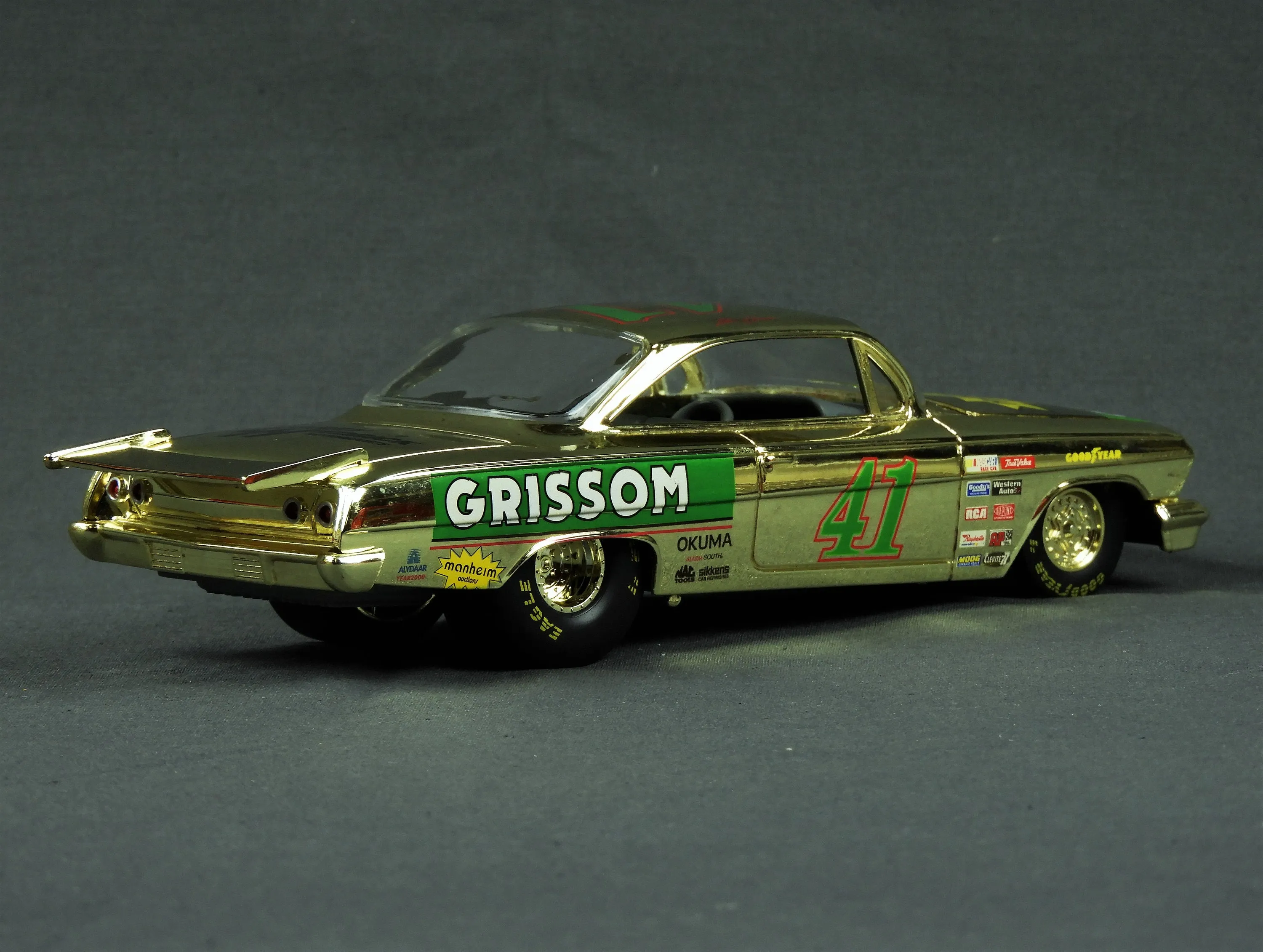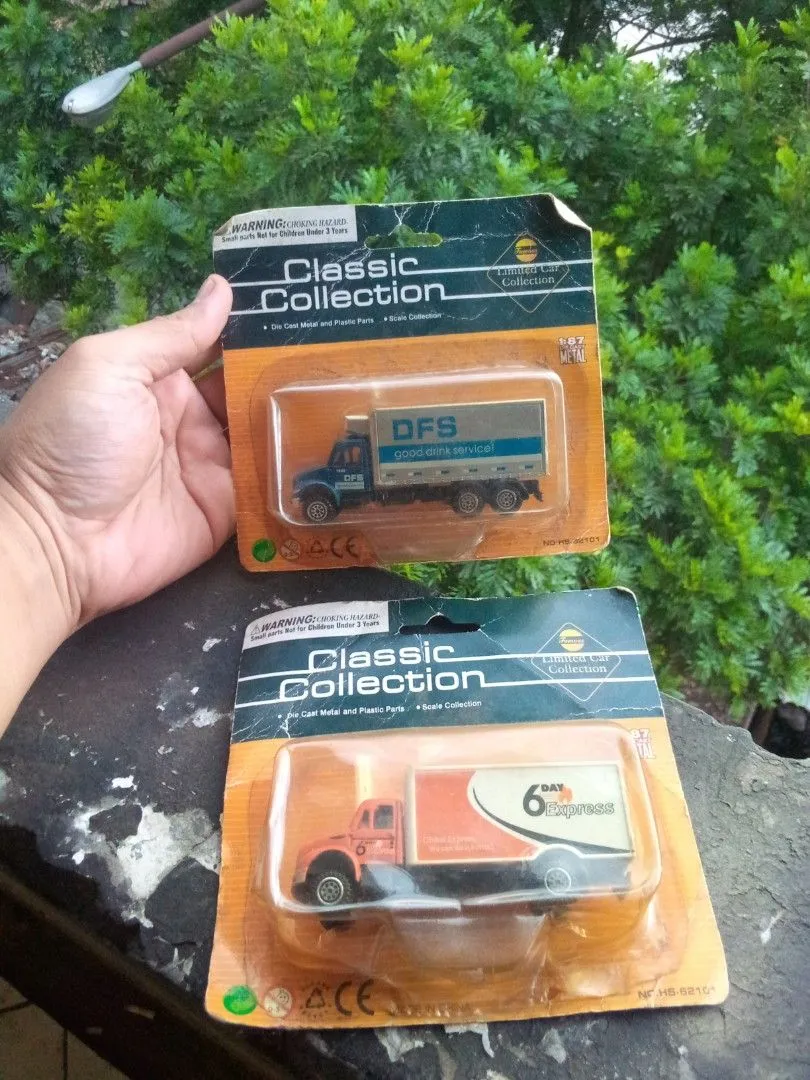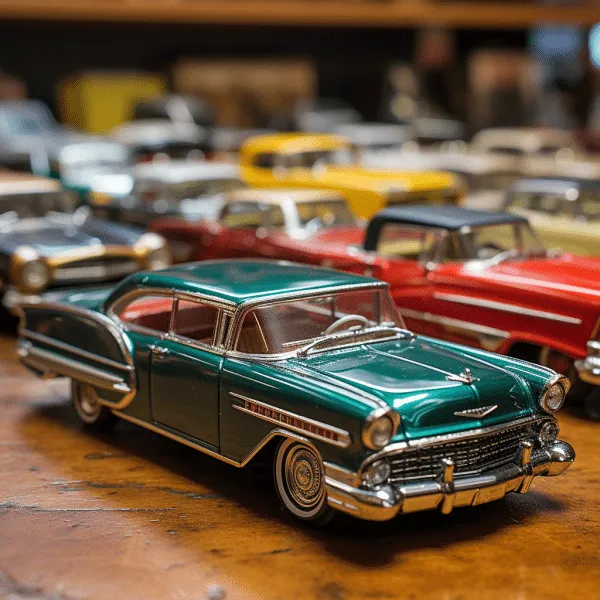What is Vintage Car Diecast
Vintage car diecast models are miniature replicas of classic automobiles, meticulously crafted from diecast metal, typically zinc alloy. These models capture the essence of iconic vehicles from yesteryear, offering collectors a tangible piece of automotive history. Unlike plastic models, diecast cars possess a weight and durability that adds to their appeal. The term “vintage” generally refers to models that are several decades old, increasing their collectibility and value. These miniature marvels are not just toys, but rather a blend of artistry, engineering, and history, appealing to enthusiasts worldwide. The level of detail found in these models, from the intricate interiors to the realistic paint finishes, demonstrates a commitment to authenticity that is highly sought after by collectors.
The History of Diecast Cars
The history of diecast cars stretches back to the early 20th century. Initially, these models were primarily toys, made to withstand the rough play of children. The manufacturing process involved injecting molten metal into molds, a technique that allowed for the creation of detailed and durable replicas. Over time, the quality and detail of diecast models improved significantly. As manufacturing techniques evolved, so did the realism of the models, moving beyond simple toys to become highly detailed representations of real-world vehicles. The shift from simple toys to collectible items marked the beginning of the serious collector market. The evolution of diecast cars mirrors the advancements in automotive design and manufacturing, offering a tangible connection to the past.
Early Diecast Models

Early diecast models were relatively simple, focusing on durability and basic representation. Companies like Dinky Toys and Corgi Toys were pioneers in this field, producing models that were popular among children. These early models often featured solid axles, rudimentary interiors, and simple paint schemes. Despite their simplicity, these models laid the foundation for the sophisticated diecast cars we see today. The charm of early models lies in their nostalgic appeal, reflecting the designs and manufacturing techniques of the era. The focus was less on perfect scale fidelity and more on creating toys that could endure the rigors of childhood play. These models, while basic, represent the beginning of a legacy in miniature vehicle production.
The Rise of Popularity
The popularity of diecast cars surged in the mid-20th century, coinciding with the boom in automobile ownership. As car designs became more diverse and appealing, so did the demand for miniature replicas. The introduction of more detailed models, featuring opening doors, detailed interiors, and realistic paint finishes, attracted adult collectors. The rise of television and movies also played a significant role, as diecast cars became associated with popular vehicles seen on screen. The marketing efforts of manufacturers, coupled with the appeal of owning miniature versions of iconic cars, fueled the expansion of the diecast car market. This period marked a shift from purely functional toys to collectible items with significant value and appeal.
Why Collect Vintage Car Diecast
The Allure of Nostalgia

One of the primary reasons people collect vintage car diecast is the strong pull of nostalgia. These models evoke memories of childhood, simpler times, and the cars that were popular during their youth. Owning a miniature version of a car you admired as a child can be a powerful emotional experience. For many, it’s a way to connect with their past and relive cherished memories. The classic designs and historical significance of vintage cars often hold a special place in people’s hearts, making these diecast models highly desirable. The connection to a bygone era is a significant factor in the enduring popularity of collecting vintage car diecast.
Investment Potential
Vintage car diecast models can also be a sound investment. Rare and well-preserved models can appreciate in value over time, making them a potentially lucrative asset. Factors like rarity, condition, and historical significance determine the value of a model. Certain brands and specific models are particularly sought after by collectors, leading to higher prices in the secondary market. Research and knowledge are crucial in identifying models with investment potential. Building a collection can be both an enjoyable hobby and a smart financial decision, provided collectors approach it with a strategic mindset and understanding of the market dynamics.
Secrets to Finding Rare Models
Identifying Valuable Diecast

Identifying valuable diecast models requires knowledge of the brands, models, and production runs. Certain brands like Dinky Toys, Corgi, and Matchbox are highly collectible, and specific models from these brands command premium prices. Limited-edition models, those with unique paint schemes, or models in mint condition are particularly valuable. Researching market prices and comparing models with similar sales can help determine a model’s worth. Understanding the history of diecast car production, including manufacturing variations and errors, can provide valuable insights. Collectors should also consider the original packaging, as it can significantly increase the model’s value. Accurate assessment requires attention to detail and a keen understanding of the market.
Where to Buy Vintage Car Diecast
Online Auctions and Marketplaces
Online auctions and marketplaces like eBay offer a vast selection of vintage car diecast models. These platforms provide a convenient way to browse and bid on models from around the world. Collectors can find rare and hard-to-find items at competitive prices. However, it’s crucial to exercise caution and thoroughly research sellers before making a purchase. Reviewing seller ratings, examining the model’s condition carefully, and asking for additional photos can help avoid disappointment. Being familiar with the market prices and the specific models helps collectors make informed decisions. Online auctions offer a dynamic marketplace, making it possible to discover treasures and expand a collection.
Specialist Dealers and Shows

Specialist dealers and model car shows are excellent venues for buying and selling vintage car diecast. These sources provide expert knowledge and the opportunity to examine models in person before purchasing. Dealers often specialize in specific brands or eras, offering a curated selection of high-quality models. Model car shows bring together collectors and dealers from around the world, offering a vibrant atmosphere for buying, selling, and trading. Attending shows allows collectors to network with others, learn about the hobby, and discover rare finds. Building relationships with dealers can provide access to models and valuable information. Specialist dealers and shows offer a trustworthy and knowledgeable source for acquiring vintage car diecast.
How to Care for Your Collection
Cleaning and Maintenance
Proper cleaning and maintenance are essential for preserving the condition and value of vintage car diecast models. Dusting the models regularly with a soft brush or cloth prevents the accumulation of dirt and debris. Avoid using harsh chemicals or abrasive cleaners, as they can damage the paint and decals. For stubborn dirt, gently use a damp cloth with mild soap. Inspecting the models periodically for signs of damage or deterioration is crucial. Addressing any issues promptly helps to prevent further damage. Careful cleaning and maintenance ensure that the models remain in excellent condition, maintaining their aesthetic appeal and value.
Storing Your Diecast Cars Safely

Proper storage is critical for protecting vintage car diecast models from damage and preserving their condition. Storing the models in a cool, dry place away from direct sunlight prevents fading and other forms of deterioration. Avoid extreme temperatures and humidity, as these can damage the models and their packaging. Consider using display cases or protective boxes to shield the models from dust and accidental damage. Organizing the collection systematically and storing the models individually or in protective packaging helps maintain their value. Implementing proper storage practices helps to safeguard the investment and ensure the models remain in pristine condition for years to come.
Displaying Your Collection
Displaying a vintage car diecast collection is a significant part of the hobby, allowing collectors to showcase their prized models. Using display cases, shelves, or shadow boxes provides an attractive way to exhibit the collection. Consider arranging the models by brand, model type, or era to create an organized display. Lighting can enhance the presentation, highlighting the intricate details of the models. Regular dusting of the display ensures that the models remain clean and visually appealing. Showcasing the collection demonstrates the passion and commitment of the collector, creating a point of conversation and admiration. Effective display combines aesthetics with protection, enabling collectors to enjoy and share their passion for vintage car diecast.
The Future of Vintage Car Diecast
The future of vintage car diecast collecting appears bright. The enduring appeal of classic cars, coupled with the meticulous craftsmanship of these miniature models, ensures continued interest from collectors. As new generations discover the hobby, the demand for vintage models is likely to remain strong. Technological advancements in manufacturing may lead to even more detailed and realistic models. The online marketplace will continue to play a significant role, providing access to a global audience. The value of rare and well-preserved models is likely to increase over time, making vintage car diecast a continuing source of enjoyment and investment. The hobby will likely evolve, but the passion for collecting these miniature marvels will endure.
